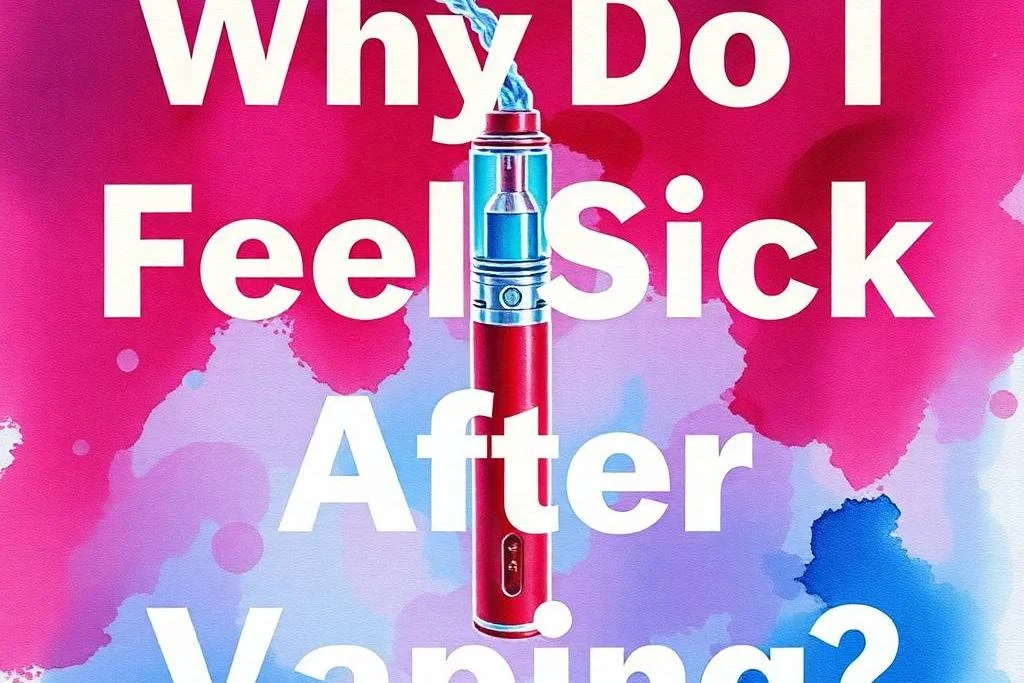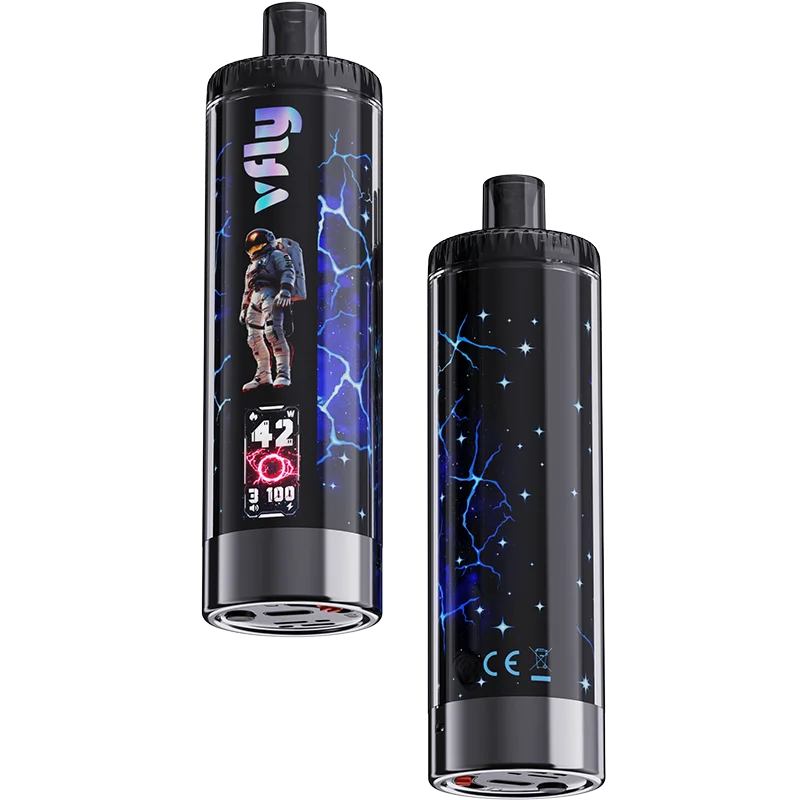Why Do I Feel Sick After Vaping?
Vaping is often marketed as a less harmful alternative to smoking, but it can still trigger a variety of unpleasant symptoms. If you’ve ever asked yourself, “Why do I feel sick after vaping?”—you’re not alone. Many users report feeling nauseous, dizzy, or fatigued after vaping, and understanding the potential causes can help you prevent it in the future.
1. Nicotine Overconsumption (Nic Sick)
One of the most common reasons for feeling sick after vaping is nicotine overdose, often referred to as being "nic sick." Vapes—especially disposables and sub-ohm devices—can deliver high levels of nicotine quickly, especially if you're chain vaping or using strong nicotine salts.
Symptoms of nicotine sickness include:
- Nausea
- Dizziness or lightheadedness
- Headaches
- Sweating
- Rapid heartbeat
How to avoid it: Use lower nicotine strengths if you're sensitive, and take longer breaks between puffs.

2. Vaping on an Empty Stomach
Just like drinking coffee without eating, vaping on an empty stomach can amplify negative side effects. Nicotine is a stimulant, and without food in your system, it may cause nausea, stomach cramps, or even vomiting.
How to avoid it: Try vaping after eating or having a snack to stabilize your blood sugar levels and avoid digestive discomfort.
3. PG Sensitivity or Allergic Reactions
E-liquids contain propylene glycol (PG) and vegetable glycerin (VG). Some individuals are sensitive to PG, which can lead to:
- Sore throat
- Headaches
- Sinus irritation
- Nausea
How to avoid it: Choose e-liquids with higher VG content (e.g., 70/30 VG/PG) or switch to 100% VG juices if you suspect a PG sensitivity.
4. Flavorings and Additives
Certain artificial flavorings or additives in vape juice can irritate the stomach or airways, especially in high concentrations. Fruity, menthol, or dessert-flavored e-liquids can sometimes be the culprits.
How to avoid it: Stick to trusted vape juice brands with transparent ingredient lists, and avoid overly sweet or intense flavors if you’re feeling unwell after vaping.

5. Dehydration
Vaping, particularly with PG-heavy e-liquids, can cause dry mouth and dehydration. A dehydrated body can exhibit symptoms such as:
- Fatigue
- Nausea
- Dizziness
How to avoid it: Stay hydrated by drinking plenty of water before and after vaping sessions.
6. Inhaling Incorrectly
Improper inhalation technique—like taking deep lung hits from a device meant for mouth-to-lung use—can irritate your throat or lungs and make you feel lightheaded or nauseous.
How to avoid it: Understand your vape device type and use the correct inhalation technique. Mouth-to-lung devices require gentle puffs, while direct lung devices need deeper, more forceful inhales.
7. Poor-Quality Devices or Counterfeit Products
Vaping with low-quality or counterfeit products can expose you to contaminated or inconsistent vapor production, which may lead to nausea, headaches, or worse.
How to avoid it: Always buy from reputable vape shops or trusted brands, and avoid products that lack proper safety certifications or packaging.
8. Underlying Health Conditions
Feeling sick after vaping might not be directly caused by the vape itself—it could also be a sign of an underlying condition such as acid reflux, anxiety, or respiratory sensitivity.
How to address it: If symptoms persist or worsen, consult a healthcare professional to rule out other causes.
Conclusion
If you're wondering, "Why do I feel sick after vaping?", it’s important to remember that individual tolerance, nicotine levels, device quality, and how you vape all play a role. Identifying the root cause can help you make adjustments to enjoy a more comfortable and safe vaping experience.



